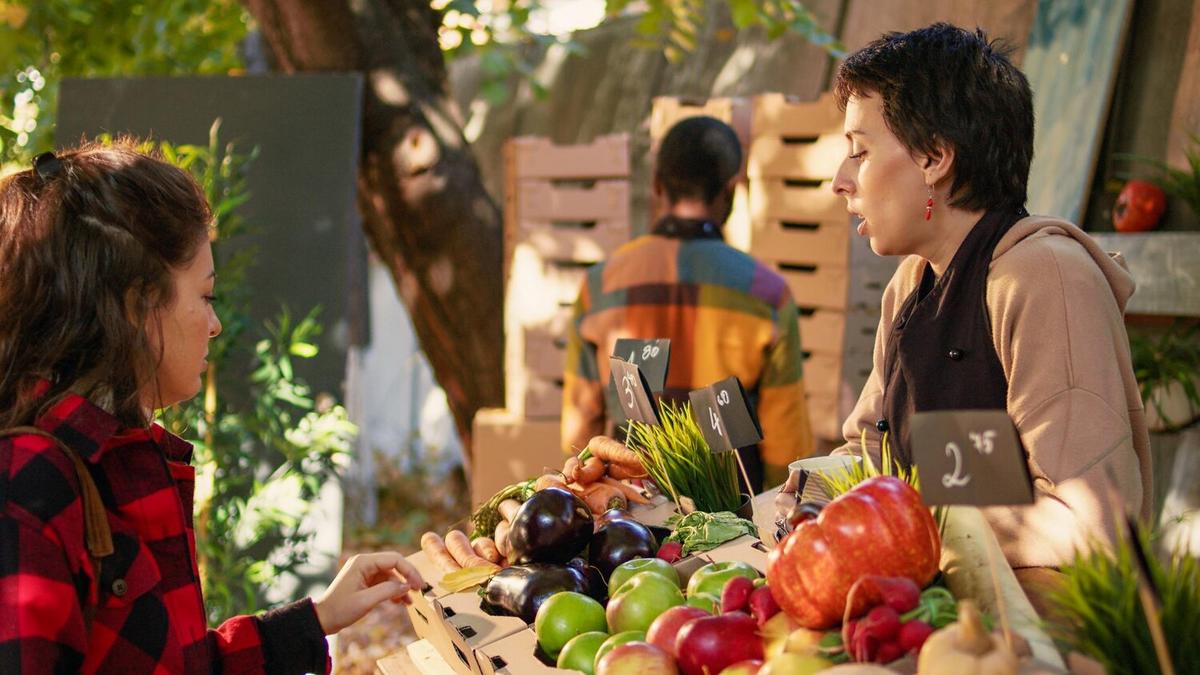
How to Start a Zero-Waste Kitchen
Transitioning to a zero-waste kitchen can be a rewarding endeavor that not only benefits the environment but also simplifies your culinary practices. By minimizing waste, you’re contributing to a more sustainable future while also potentially saving money and enhancing your cooking experience.
Understanding the Zero-Waste Philosophy
The zero-waste movement is centered around reducing waste and promoting a circular economy. This approach encourages individuals to be more conscious about the resources they use and the waste they produce. According to the Environmental Protection Agency, food waste alone constitutes a significant portion of waste in landfills, making it a critical area for improvement.
Expert Insights
“A zero-waste kitchen isn’t just about reducing waste; it’s about rethinking our entire approach to consumption,” says sustainability expert Emma Green. “By adopting this mindset, we can make a significant impact on our planet’s health.”
Steps to Start Your Zero-Waste Kitchen
1. Conduct a Waste Audit
Begin by examining your current waste patterns. Identify what you throw away most frequently and consider alternatives. This might include composting food scraps or finding reusable options for disposable items.
2. Adopt Reusable Solutions
Switching to reusable containers, bags, and wraps can drastically cut down on waste. Glass jars, silicone bags, and beeswax wraps are excellent alternatives to single-use plastic.
3. Buy in Bulk
Purchasing food in bulk reduces packaging waste and often saves money. Bring your own containers to stores that offer bulk options to minimize plastic use.
4. Compost Organic Waste
Composting is an effective way to recycle organic waste. It enriches soil and reduces the need for chemical fertilizers. Many communities even offer composting services or have drop-off locations.
Personal Anecdote
After adopting a zero-waste kitchen, Alex noticed a significant reduction in their weekly trash output. “It was eye-opening to see how much less waste we generated by making small changes,” they shared.
Comparison of Reusable vs. Disposable Kitchen Items
| Item | Reusable Option | Disposable Option |
|---|---|---|
| Shopping Bags | Cloth Bags | Plastic Bags |
| Food Storage | Glass Jars | Plastic Containers |
| Wraps | Beeswax Wraps | Plastic Wrap |
| Utensils | Metal Utensils | Plastic Utensils |
| Napkins | Cloth Napkins | Paper Napkins |
| Coffee Cups | Reusable Mugs | Disposable Cups |
| Water Bottles | Stainless Steel Bottles | Plastic Bottles |
| Straws | Stainless Steel Straws | Plastic Straws |
Additional Resources
- Zero Waste Home – A comprehensive guide to living waste-free.
- Green America – Offers tips and resources for sustainable living.
FAQs
What is a zero-waste kitchen?
A zero-waste kitchen focuses on reducing or eliminating waste by using reusable items and composting organic materials.
How can I start reducing waste in my kitchen?
Begin by replacing single-use items with reusable alternatives and composting food scraps.
Are zero-waste practices cost-effective?
Yes, many zero-waste practices can save money over time by reducing the need for disposable products.
Conclusion
Embracing a zero-waste kitchen is a practical and impactful way to contribute to sustainability. By making intentional choices and adopting reusable alternatives, you can significantly reduce your environmental footprint. Start small, be consistent, and enjoy the benefits of a more sustainable kitchen.


